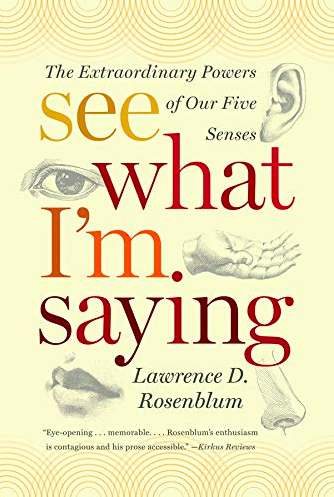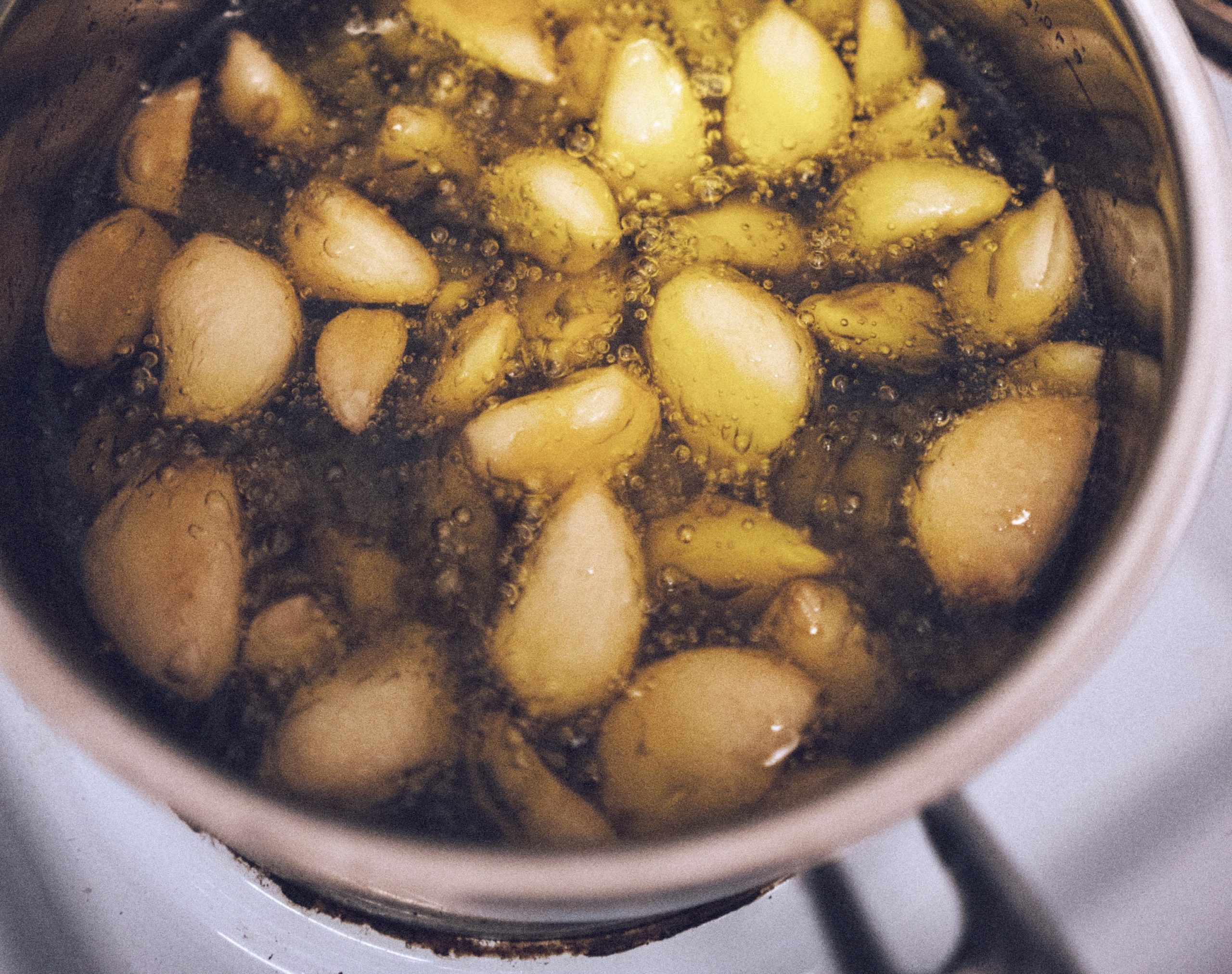“Of all my senses, I think smell is the most prominent and the one I read the world through. My hometown of Kannur in Kerala, for example, is synonymous with the scent of burnt coconut shells.” It is this heightened, almost archival, olfactory sensitivity to his environment that made the onset of COVID-19-induced anosmia “extremely disorienting” for Mumbai-based publisher Anand Prahlad, who runs the Instagram food blog ‘Magic Marinade’.
The tell-tale signs of his illness were first apparent while brewing coffee – a daily noon routine – and unsealing a new variety of beans from a Black Baza sampler pack. “The Luna never tasted right. All the other coffee in that pack was good and I assumed it was just this one. Then, I realised it was me.”
During this period, his coffee habit became “a majorly deficient experience because one entire dimension was removed. Tea and coffee are about 80% to do with aroma.” This incident and his inability to smell the contents of a vanilla bottle were accompanied by a dry cough and fever, leading him to realise that he had contracted an infection of the novel coronavirus.
Claire Hopkins, the president of the British Rhinological Society, established anosmia or the loss of smell as a marker of COVID -19 screening in the UK as early as May, and published guidelines for doctors. In a statement published in the British Medical Journal, Hopkins said, “People with COVID-19 lose their sense of smell because the virus injures the nerve endings in the olfactory epithelium and damages the olfactory bulb. It’s a neurotropic virus, so it can travel along nerves and cause damage to those nerves.”
Dr Kapil Soni, an associate professor in the ENT department at AIIMS Jodhpur, refers to an AIIMS Delhi study to corroborate the occurrence of anosmia specific to COVID-19 in India. “Data in the country has shown around 20% of patients had a loss or decreased sensation of smell or taste from March to June. Around 66.2% have overall ENT symptoms.”
Patients navigating a newly scentless world may be reassured by Dr Soni, who says that sensation “usually returns in around four weeks for about 96%, and in about two weeks for 50%”. However, the diagnosis causes physiological and emotional distress to those whose professions demand being finely attuned to olfactory cues and shifts.

Lawrence D. Rosenblum
W.W. Norton & Company (2010)
In his 2010 book See What I’m Saying: The Extraordinary Powers of Our Five Senses, University of California psychologist Lawrence D. Rosenblum writes, “The integration of smell with taste is so complete that, by some estimates, nearly 80% of a food’s flavour is determined by its retronasal odour. This is consistent with neurophysiological research showing that odour and flavour inputs converge on brain regions related to your experience of taste.”
Simply put, orthonasal olfaction is a result of the olfactory epithelium being stimulated by smells arising from an external source – while retronasal olfaction is a result of smells emitted inside the mouth during consumption that stimulate the epithelium upon exhalation. The orthonasal experience is what we generically know as smell while the retronasal experience determines the flavour. But both sub-modalities are integral to chefs, sommeliers, tea and coffee cuppers and baristas, and any impairment, such as with COVID-19-induced anosmia, can impact taste.
Koushik S., known in Chennai as the ‘mad chef’, said, “Smell is the precursor to taste and people who actually taste properly take a deep breath while doing so.” He’s a trained coffee cupper, and said sampling coffee entails sipping and taking in a bit of air, while making a slurping sound that helps spread the fluid across the tongue. This inhalation swirls the liquid around, allowing the cupper to develop a better sense of taste.
Dr Ullas Raghavan, a consultant ENT and facial plastic surgeon with the UK National Health Service, said smell and taste are not directly influenced by the other. “If you lose your sense of smell, you won’t lose taste. However, the part of food we enjoy is flavour and flavour is a combination of smell and taste.”
Patiala-based hobbyist barista Japdanish Singh, who runs the Instagram coffee blog ‘Naughty Beans’, says the very ability to ascertain the freshness of a coffee bean comes down to smell. “As a barista, you grind the coffee and smell the ground beans and note down the fragrance. There are wheels for coffee tasters ranging from floral and fruity notes to chocolate, caramel and tobacco.” The second aspect of barista mechanics involves the aromatic notes that are released when water hits the ground beans.
For Singh, the loss of smell only set in two or three days into him having COVID-19. Though he couldn’t appreciate the “fineness” of the cups he brewed, he carried on doing so more as a sort of therapy.
“Olfaction is a regular habit” for Ahmedabad-based founder of All Good Scents, Rajiv Sheth. He says every perfume is classified into 19 facets and seven broad fragrance families. On average, a perfumer would have about 3,000 different ingredients in a laboratory but only use some thousand often.
The process is a daily routine at perfume school, where each ingredient has to be smelled while making note of the time and how long it lasts. “Seasoned perfumers I have worked with [could] be given orange oil from six different countries and be able to tell where the oranges were from.”
This level of nuance, for chef and entrepreneur Mahesh Padala, is what enables a seasoned professional to be able to pick out each of the five whole spices that goes into a panch phoron tadka. He lost his usual degree of sensitivity when he tested positive for COVID-19 in July and couldn’t even pick up pronounced smells, such as that of garlic being burnt in olive oil. And although he recovered it in about four days, he felt “disconnected with his nose and food” in this time.
When asked to contemplate a world without smell and evaluate whether it would be a career-breaking impediment, the consensus seems to be that while flavour and scent memory can help, innovation becomes harder. “Even if I don’t smell a fragrance physically, I might be able to formulate it and perceive notes in my mind,” Sheth says, “but it’s a question of trying to perfect it.”

Decision-making abilities in the kitchen also come down to being influenced by smell. Koushik says that a trained nose in the kitchen would be able to detect whether a cut of meat is from a young or old goat simply by bringing it close to one’s nose. A grassy smell might indicate an older goat while that of milk would suggest its provenance in a younger animal. This then dictates the amount of spice to be when marinating.
So it’s really quotidian that the question at the front of the minds of those experiencing COVID-19-related anosmia is whether their sense of smell will come back. But as with many other aspects of the novel coronavirus, this is still a grey area. While Dr Soni offers hope by citing data findings from a yet-to-be-published AIIMS Jodhpur study, which reports a 100% return of smell and taste in patients, he cautions that the full picture is still a work in progress.
In fact, Dr Raghavan is more conservative: “A virus-induced anosmia can go in any direction. Those who are lucky regain their sense of smell when the swelling caused by the virus settles. There are, however, people who still suffer and have neuron damage – which is why we don’t, at this stage, know which way things” will go.
Source: When COVID-19 Kills the Sense of Smell, Chefs and Sommeliers Lose Something More – The Wire Science













